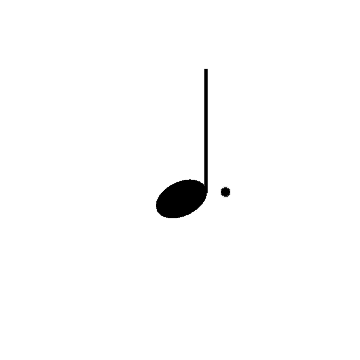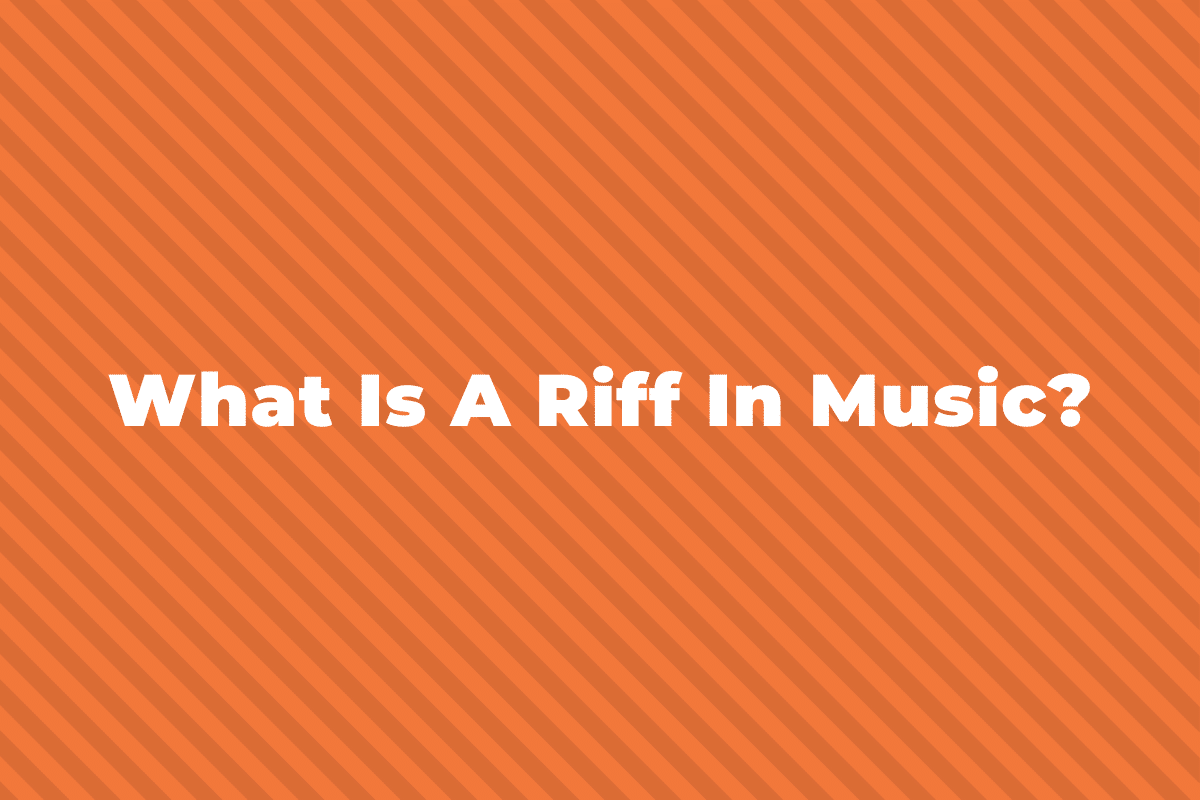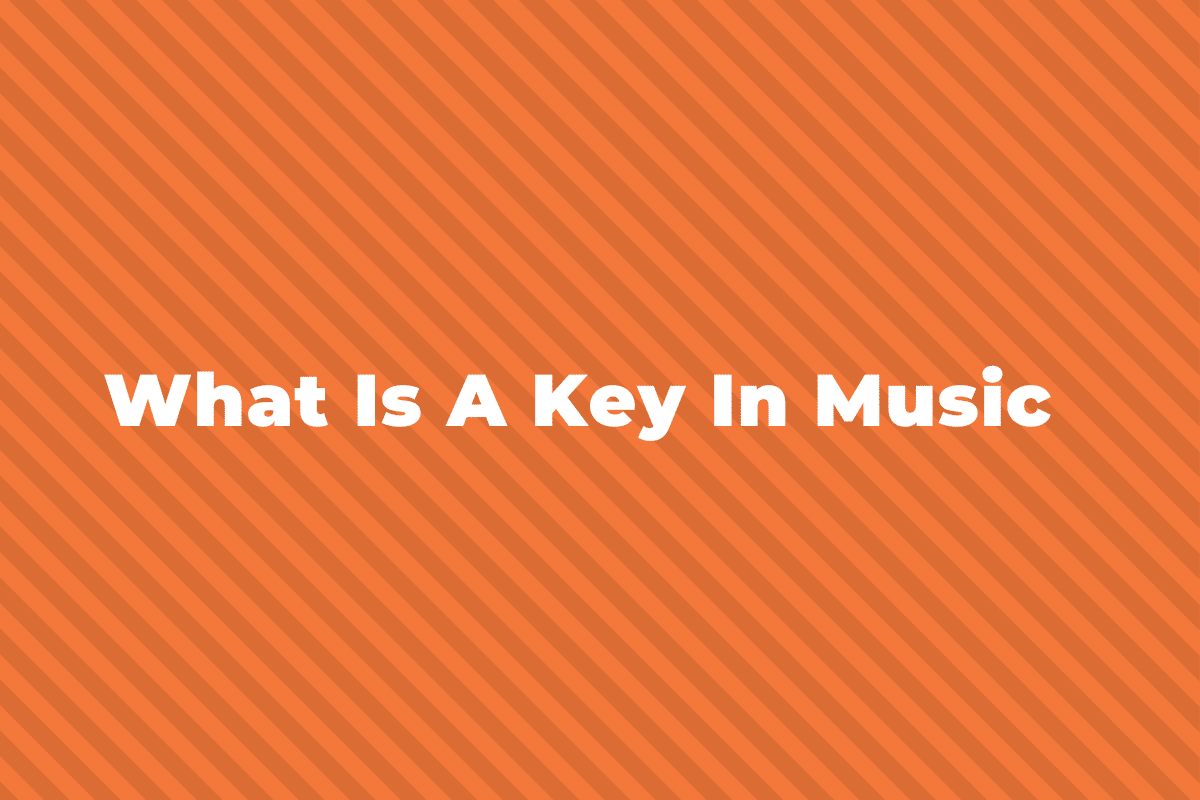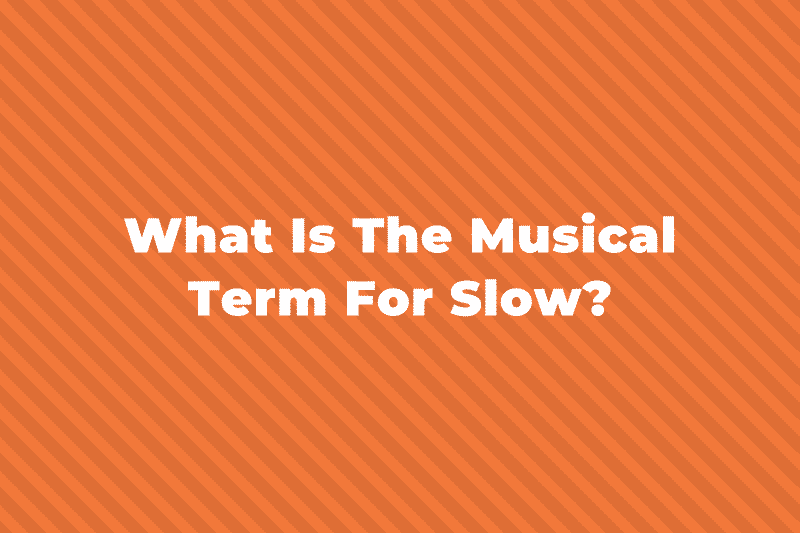A dotted note is simply as it sounds: a note with a dot next to the right of the note head, as shown below.

This dot makes the note last longer by adding on half its value.
Let’s look at some examples to see how this works.
Types Of Dotted Notes
We can add a dot to any type of note, and it has the same effect. It makes the note last longer by adding on half its value.
Let’s look at each type of note and the effect that adding a dot has on its duration.
Dotted Whole Notes
A whole note (semibreve) has the value of four beats. However, when you make it a dotted whole note, we extend its duration by half its value.
In the case of a whole note, it would be 4 + 2 = 6 beats.
So a dotted whole note is like adding a whole note and a half note together:

Dotted Half Notes
A half note, or minim, has the value of two beats. But when you make it a dotted half note, we extend its duration by half its value.
In the case of a half note, it would be:
2 + 1 = 3 beats
So a dotted half note is like adding a half note and a quarter note together:

Dotted Quarter Notes
A crotchet, or quarter note, has the value of one beat. But when you make it a dotted quarter note, we extend its duration by half its value.
In the case of a quarter note, it would be:
1 + ½ = 1 & ½ beats
So a dotted quarter note is like adding a quarter note and an eighth note together:

Dotted Eighth Notes
An eighth note (quaver) has the value of ½ a beat. But when you make it a dotted eighth note, we extend its duration by half its value.
In the case of an eighth note, it would be:
½ + ¼ = ¾ beat
So a dotted eighth note is like adding an eighth note and a sixteenth note together:

Dotted Sixteenth Notes
A sixteenth note (semiquaver) has the value of 1/4 of a beat. But when you make it a dotted sixteenth note, we extend its duration by half its value.
In the case of a sixteenth note it would be:
¼ + ⅛ = ⅜
So a dotted sixteenth note is like adding a sixteenth note and a thirty-second note together.

Where Do You Place The Dot On A Stave?
When dotting notes on a stave, or staff, there are a couple of different places you could put it.
Should it go in the space above the note, or should it go in the space below the note?
When we dot a note on a line on the stave, we place the dot in the space above the line, not in the space below the line.
And when we dot a note sitting in a space of the stave, we place the dot in the same space as the note head.

The dot should always be to the right of the not, never to the left.
It’s also not to be placed above the note as this is how we notate staccato, which is something else altogether!
Double Dotted Notes
If you want to extend a note’s value even more, you can also have double dotted notes.
Double dotted notes are rare but come up from time to time in music theory. Each dot in a double dotted note has a different value though.
For the first dot, as described above, you extend the duration of the note by adding on half of the note’s value.
But the second dot adds half of the first dot’s value to the note.
So if you had a double dotted quarter note, the first dot would be worth an eighth note and the second dot would be worth a sixteenth note (half of an eighth note).
1 + ½ + ¼ = 1 & ¾ beats

I’ll do another post on this to explain it in more detail soon, but for now, you can learn about double dotting notes here.
Can Dotted Notes Go Across Bar Lines?
The quick answer is no, dotted notes can’t go across bar lines.
If we want a note to go over a bar line, then we use another way to make the note last longer by adding a tie to the notes.
Check out my post on tied notes here.
Summing Up Dotted Notes
I hope this has helped you understand dotted notes better.
Remember, a dot to the right of the note is all you need to extend the value of the note by half.



